Latest
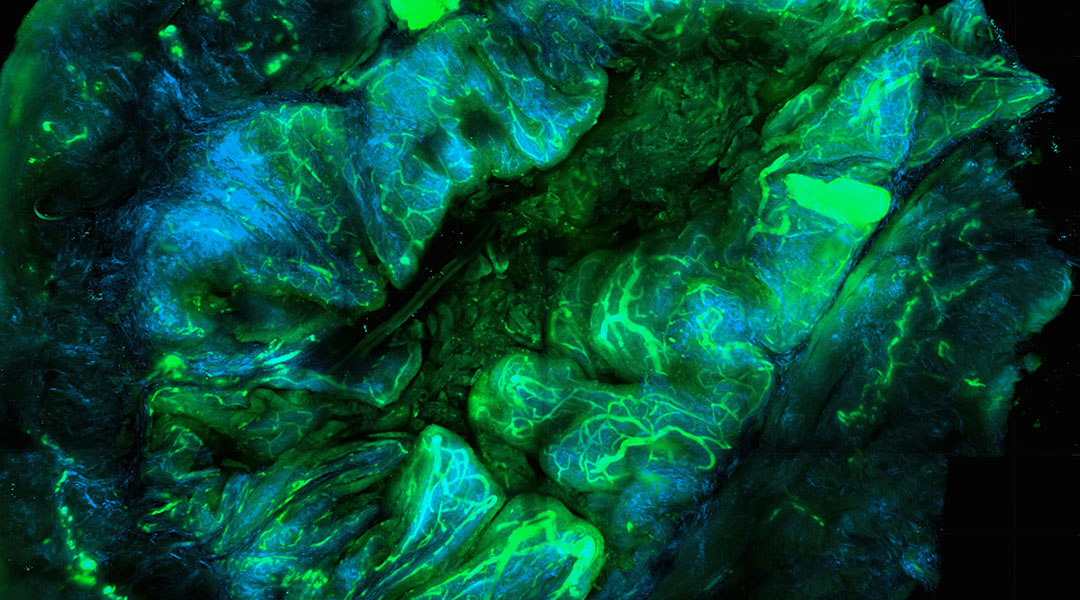
Light-activated therapy and antibiotics join forces to improve in situ cancer vaccines
Scientists integrate light therapy and antibiotics into a single platform to help the body create its own tumor vaccine.
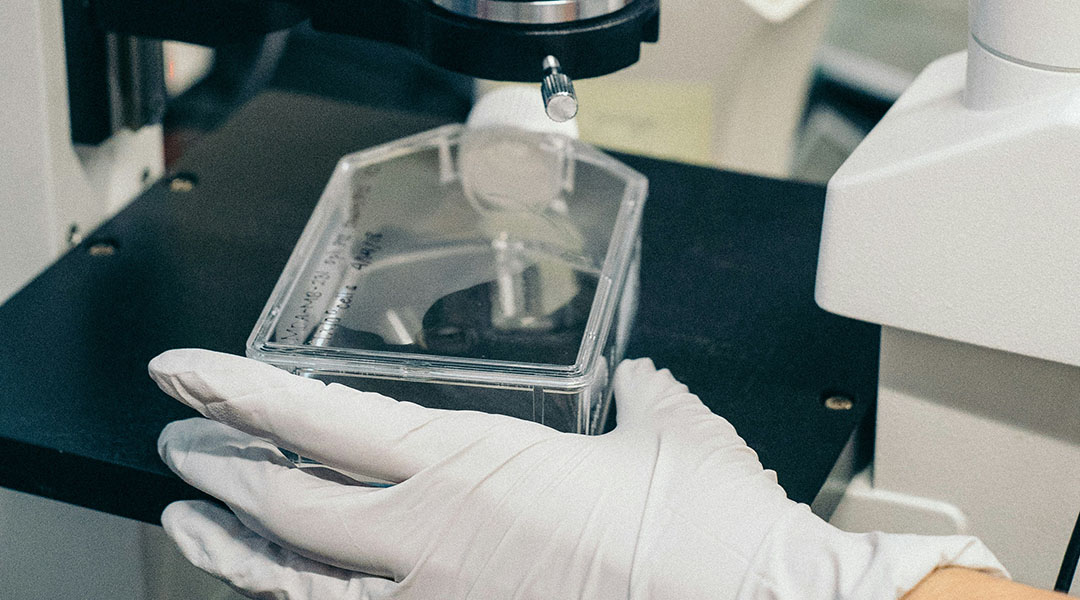
Reducing bacterial skin infections with harmless zaps of electricity
Scientists use mild electrical currents to treat skin infections, presenting an antibiotic-free solution amid rising antimicrobial resistance.

An advanced 3d printer is helping build reliable quantum communication
A state-of-the-art printer with nanometer-scale precision enables the production of quantum emitters, advancing secure quantum communication.
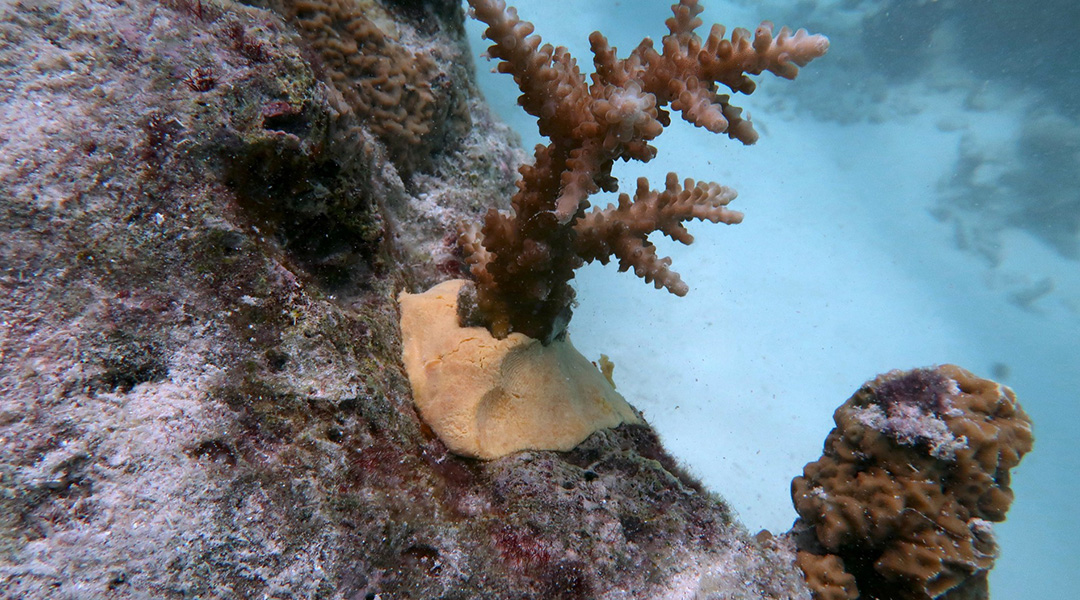
An eco-friendly putty made from vegetable oil boosts coral reef recovery
This ocean-safe putty was designed to help seed new coral reefs, offering a much-needed replacement for hardware store products.
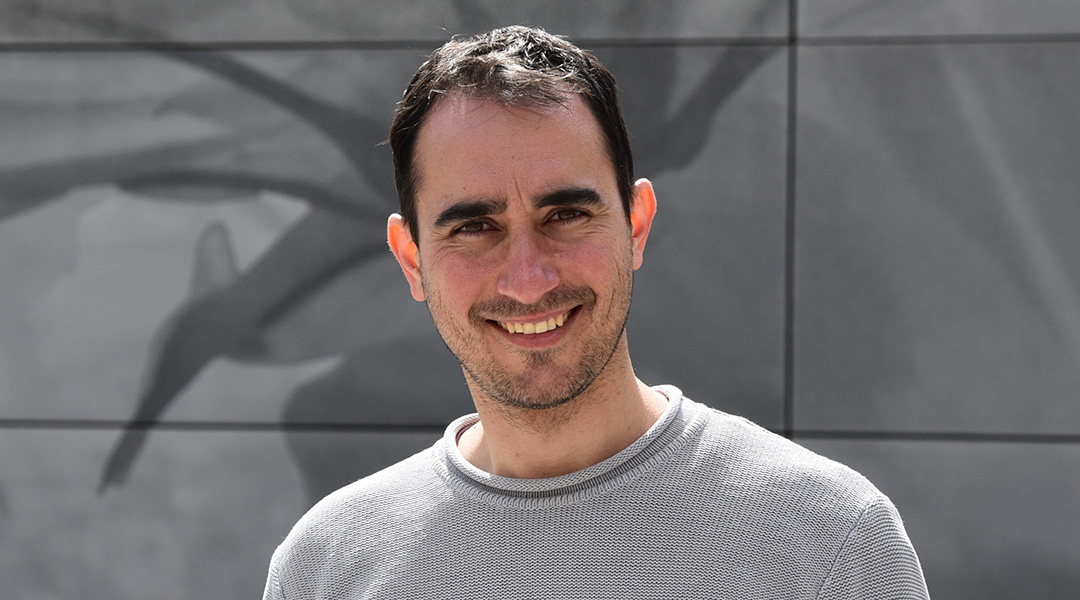
Riccardo Bassoli: How quantum computing will redefine wireless communication
Future 6G wireless networks will rely on quantum computers, but developing the technology and making it sustainable is complex.

Solar concentrators are turning glass into clean energy generators
Transparent solar concentrators capture the Sun’s energy, making windows and building facades more energy-efficient and sustainable.
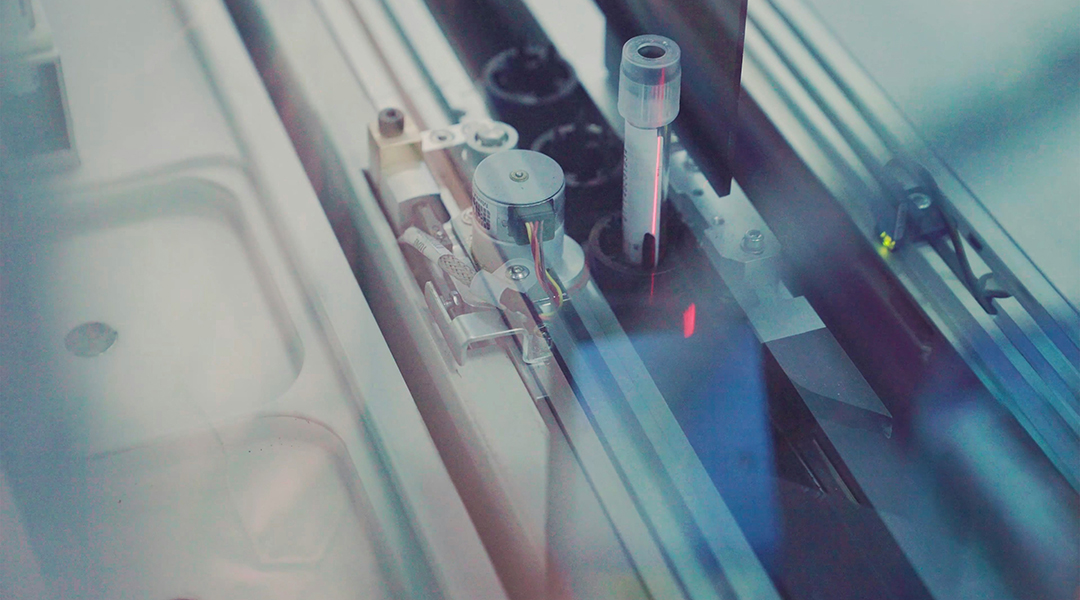
How do we balance the risks and rewards of using AI in the lab?
AI might be fast and efficient, but scientists still don’t know whether integrating it with cloud-based labs will be worth the rewards.
ASN Weekly
Sign up for our weekly newsletter and receive the latest science news directly to your inbox.
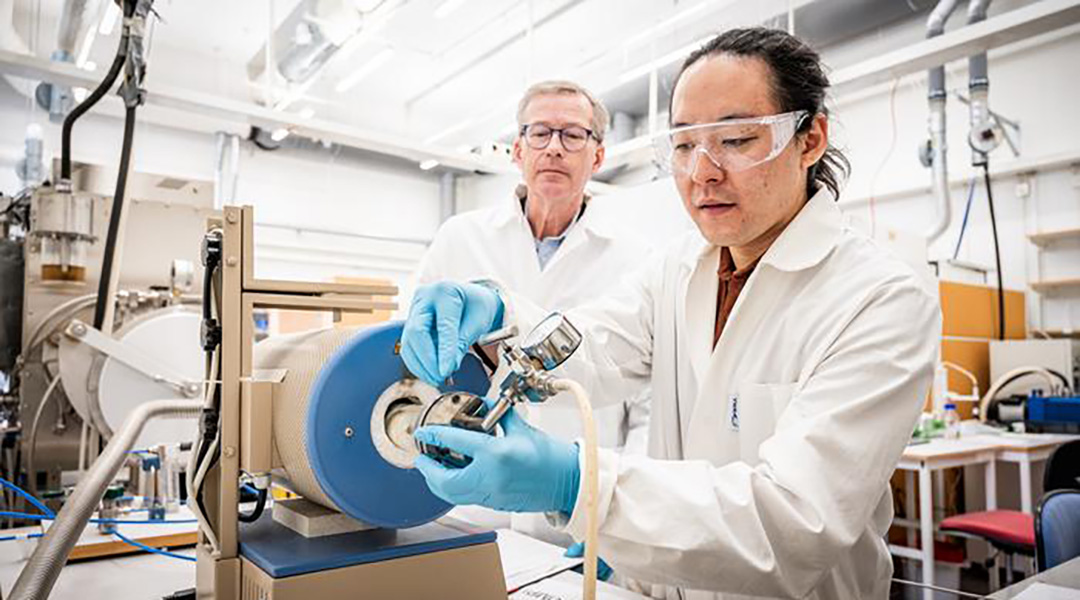
Goldene, graphene’s golden cousin produced for the first time
Scientists have managed to create sheets of gold only a single atom thick using a hundred-year-old Japanese smithing method.
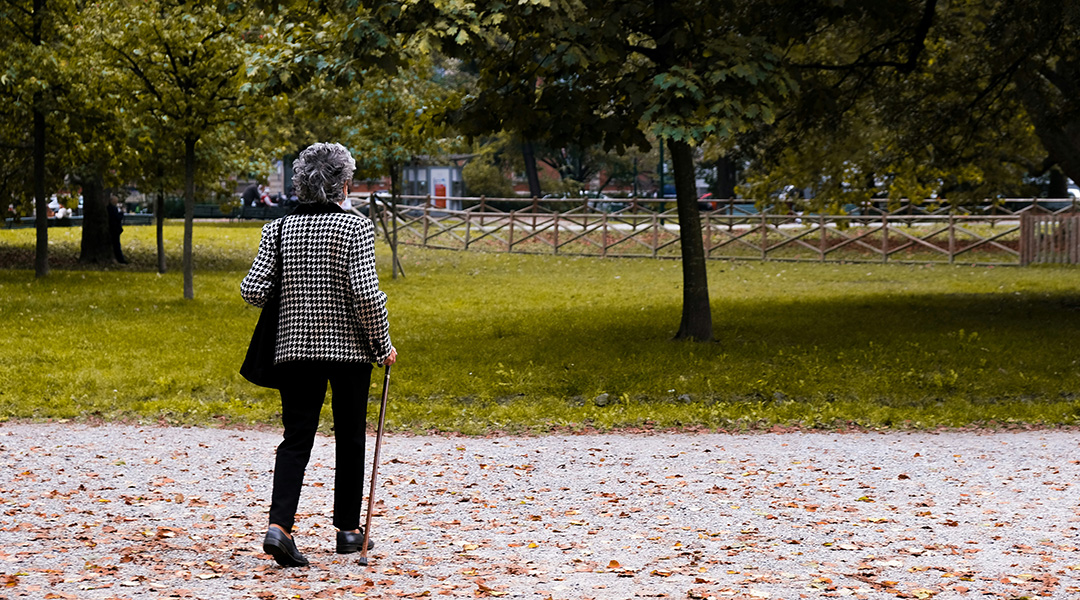
Stronger evidence links sedentary behavior and frailty in old age
Data gathered from hundreds of thousands of individuals finds strong link between sedentary behavior and becoming frail, simple changes can help.
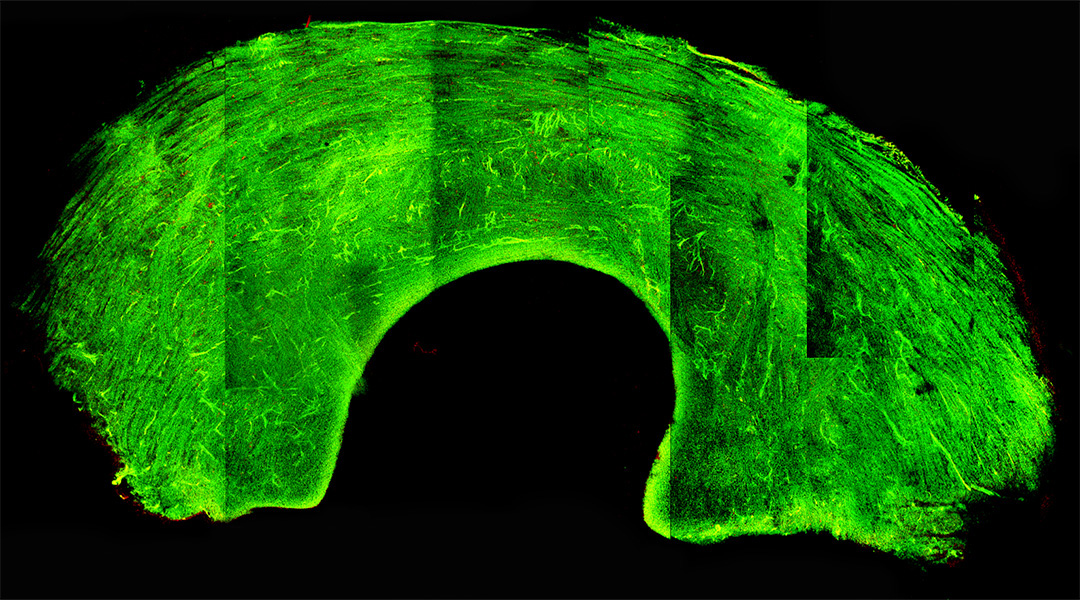
Glass-like knee grafts help address donor shortage
A cryopreservation technique puts graft tissue into a glass-like state, preserving cells and viability during long-term storage.

Fluorine helps make PET plastic waste easier to recycle
Pre-activation of plastics with fluorine-containing molecules disrupts their stability, making them easier to break down and upcycle.

Laser light induces magnetism at room temperature
Scientists create magnetism in a non-magnet at room temperature for the first time, with implications in quantum tech and computer science.

Nanoparticles disrupt placenta, potentially affecting fetal development
Nanoparticles disrupted the placenta’s secretion of biomolecules essential for blood vessel growth, hormone production, and immune function.
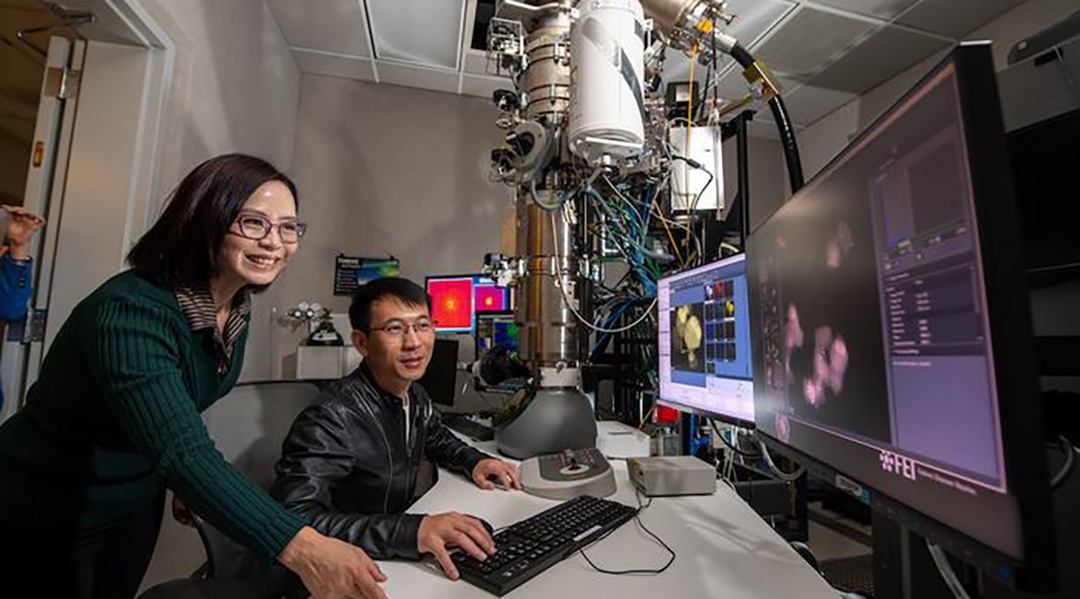
Unprecedented glimpse of catalysts working on the atomic level
New technology allows researchers to study electrochemical processes at the atomic level with new insights into a widely used catalyst.
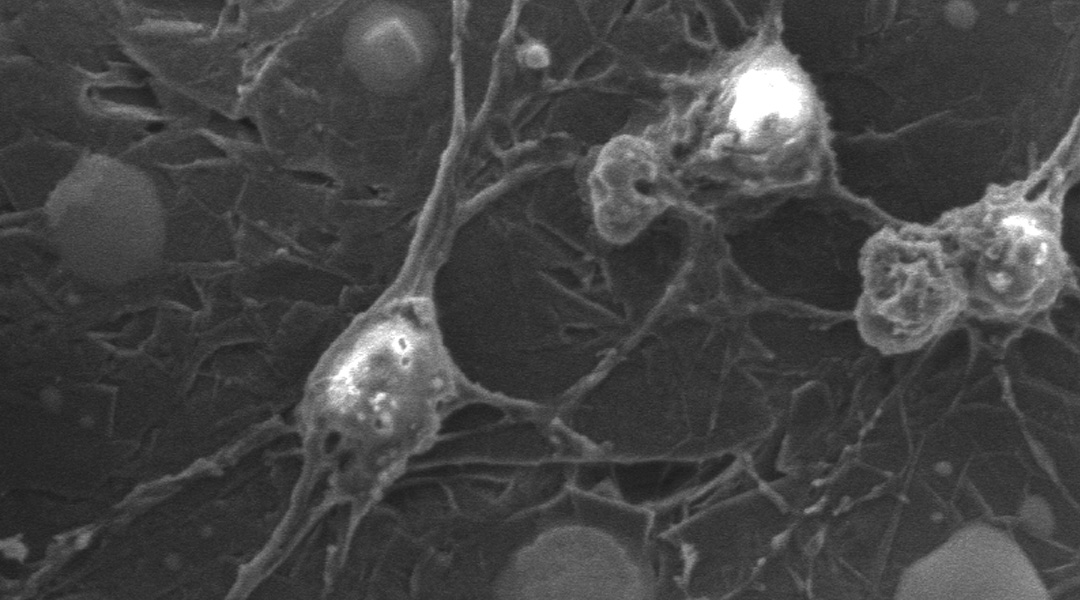
A patch fitted with stem cells helps repair damaged spinal cords
A patch delivers electrical pulses to help support stem cell growth, helping mice recover mobility in their hind legs in preliminary studies.
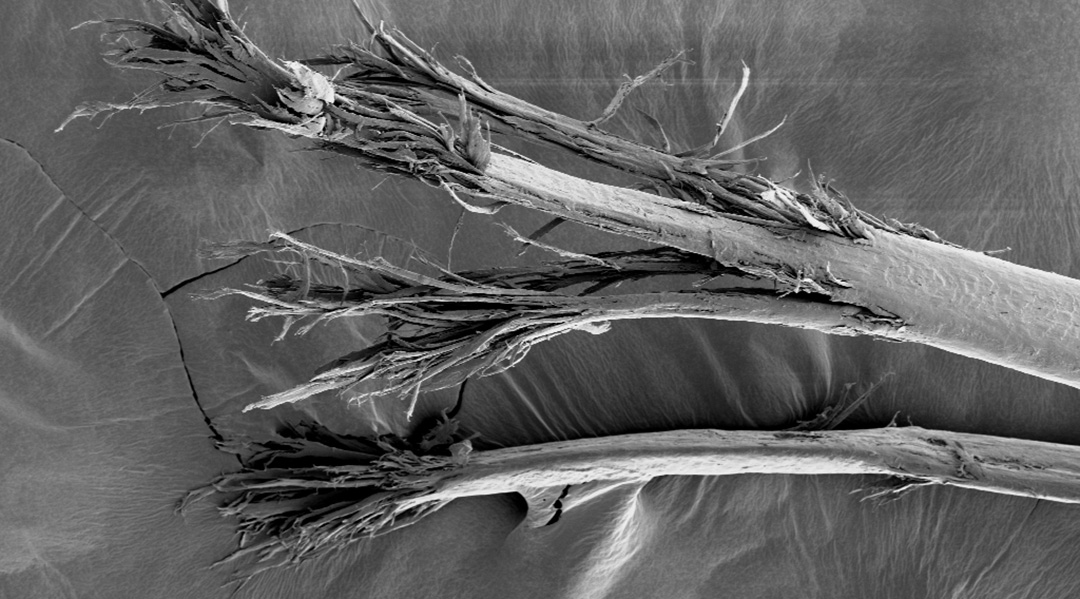
Combing through the science of split ends
Materials scientists are applying biomechanics to understand how split ends contribute to our bad hair days—and what can be done to fix them.
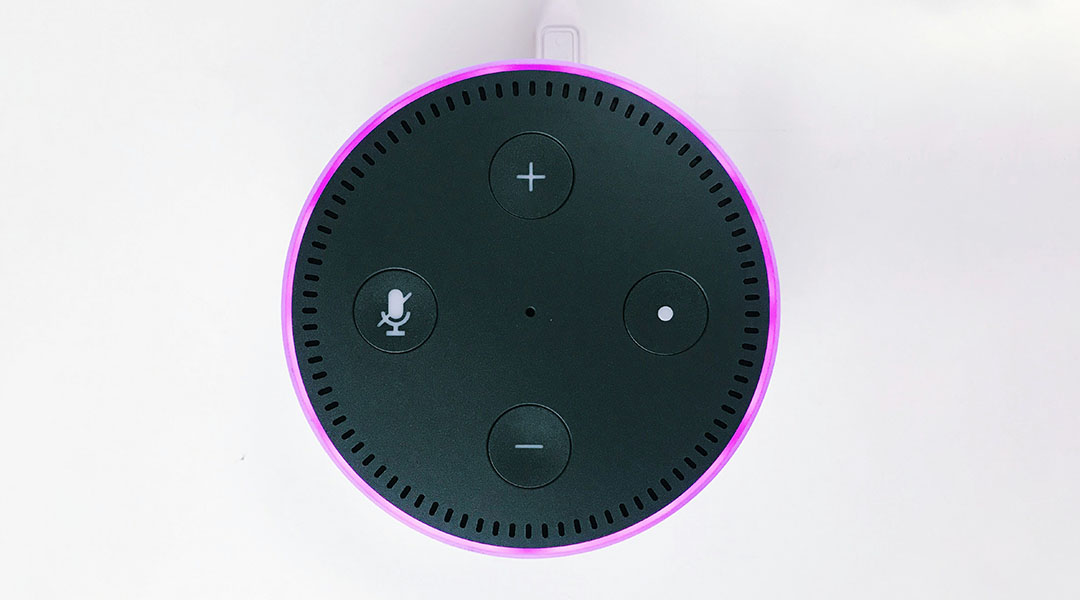
Do voice assistants help alleviate loneliness?
Scientists explored whether evidence backs up the growing belief that voice assistants like Alexa can alleviate loneliness, especially in the elderly.
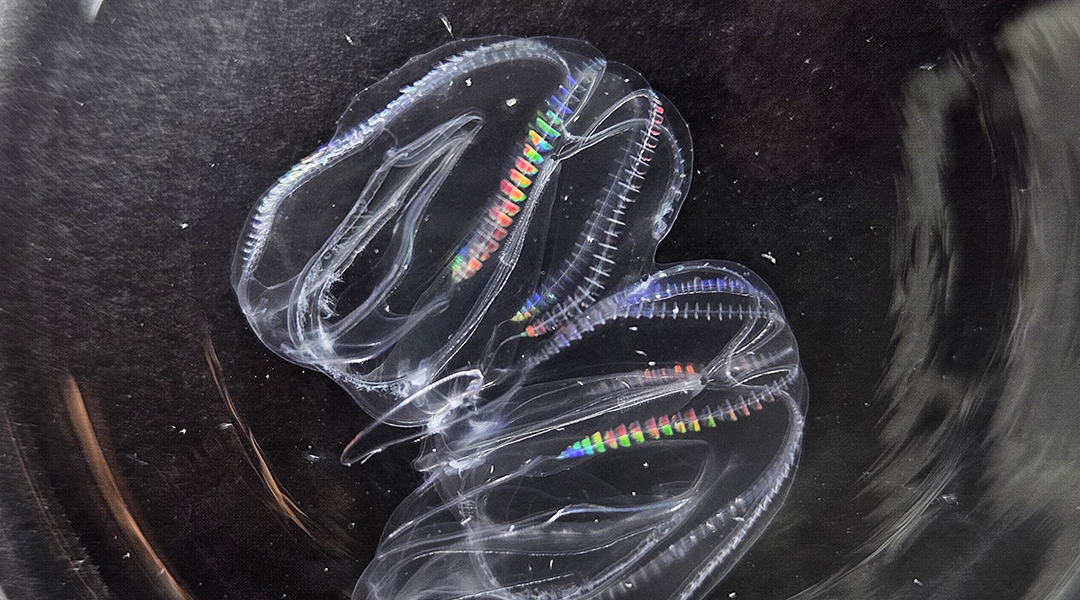
Fused comb jellies share their secrets of regeneration
Two individual comb jellies can fuse into a single organism, providing an incredible feat of regeneration rarely seen in the animal world.
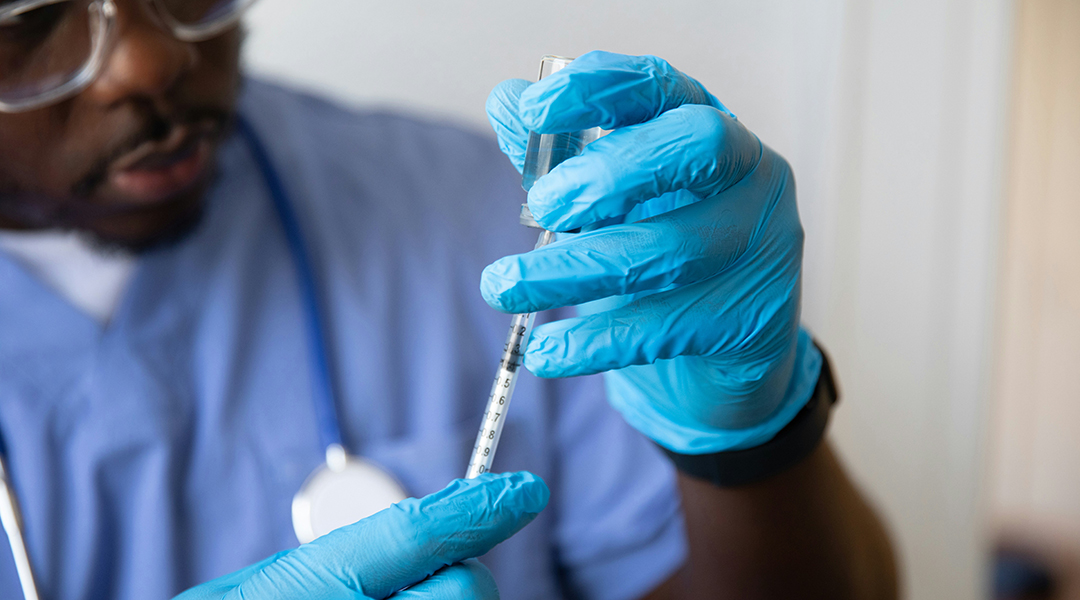
Enzymes help engineer safer, more effective vaccines
Researchers use enzymes to link antigens and adjuvants, creating safer and more effective vaccines by lowering the required adjuvant dosage.

Molecules secreted by parasitic worms found to reduce scarring during wound healing
Researchers have discovered that a protein produced by parasitic worms in the gut enhances wound healing in mice.
No Results Found
The page you requested could not be found. Try refining your search, or use the navigation above to locate the post.

An advanced 3d printer is helping build reliable quantum communication
A state-of-the-art printer with nanometer-scale precision enables the production of quantum emitters, advancing secure quantum communication.
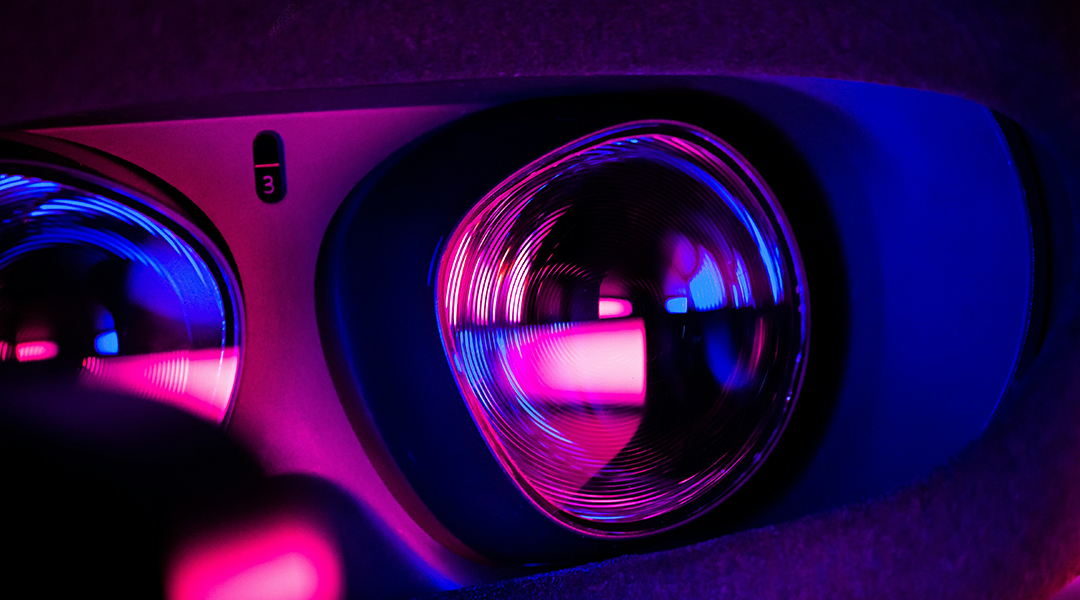
Contact lenses bring 3D holograms to life for augmented reality
A better way to fabricate metasurfaces allows scientists to create contact lenses capable of projecting 3D holographic images.
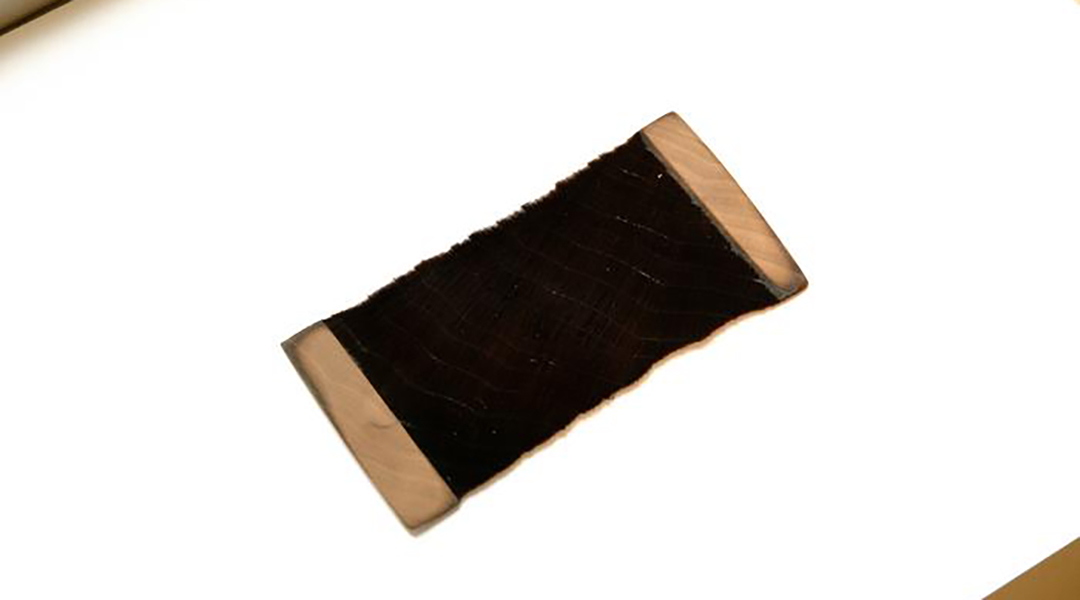
Super-black material created from etched wood
This material absorbs more than 99% of the light that strikes it, making it useful in applications ranging from solar energy to astronomy.
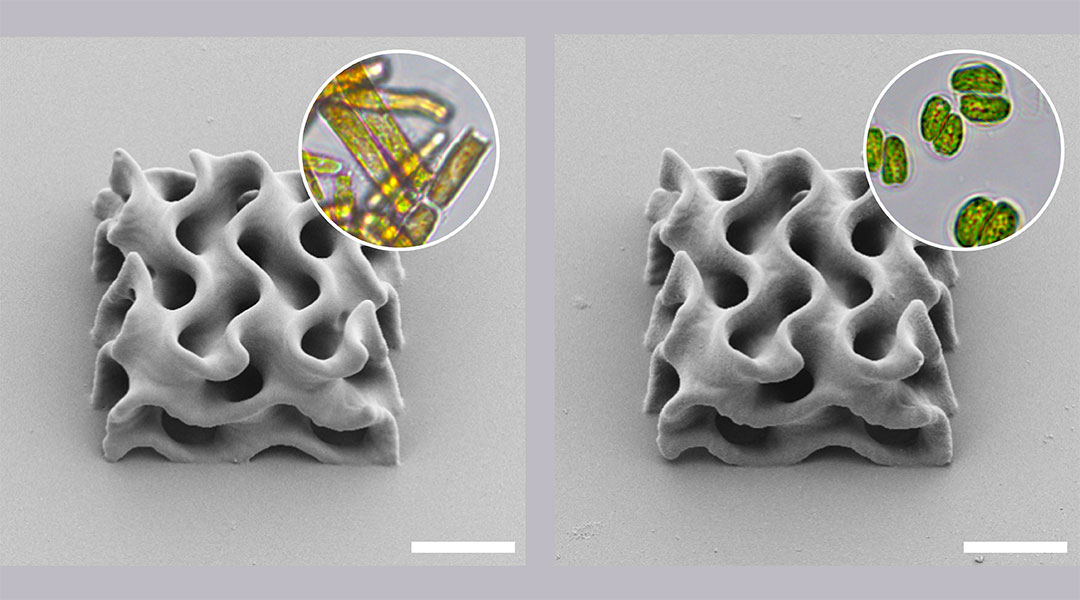
3D printing goes “green” with microalgae ink
A search for environmentally friendly inks led researchers to microalgae biofactories, providing a renewable biomass solution.
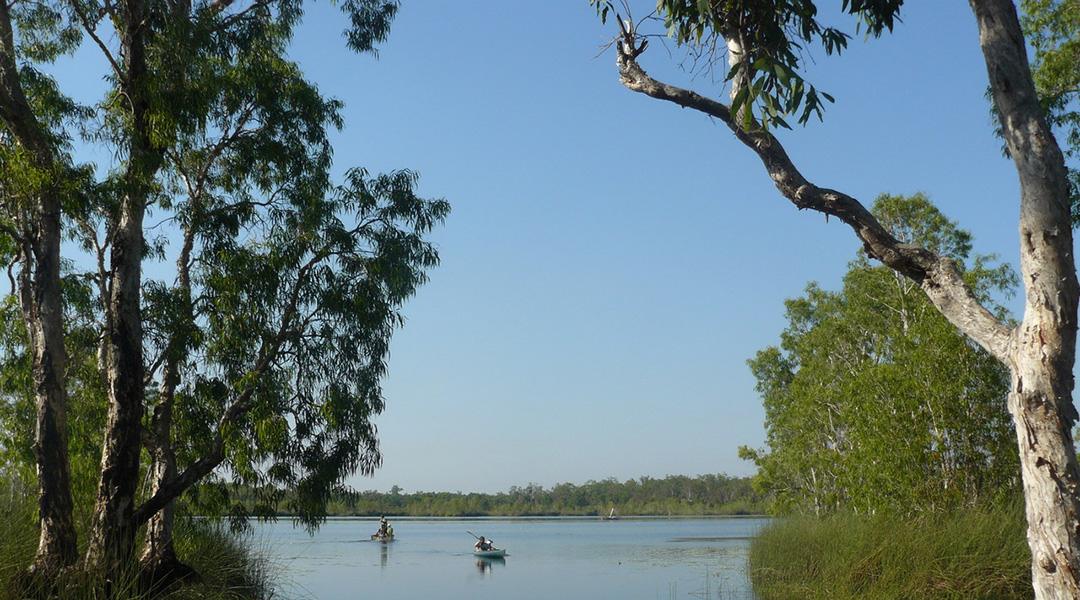
Indigenous fire management in Australia traced back 11,000 years
Abandoning traditional practices led to intense dry season fires, drastically altering biodiversity and increasing greenhouse gas emissions.
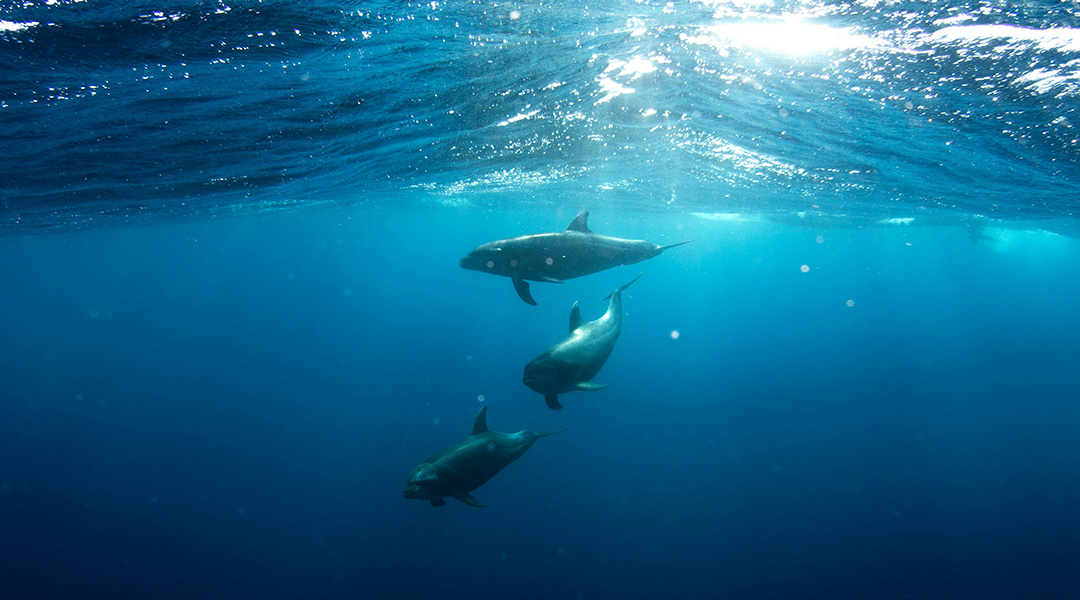
Invisible underwater robots
A transparent underwater robot camouflages itself to explore the ocean, reducing encounters with delicate sea life.
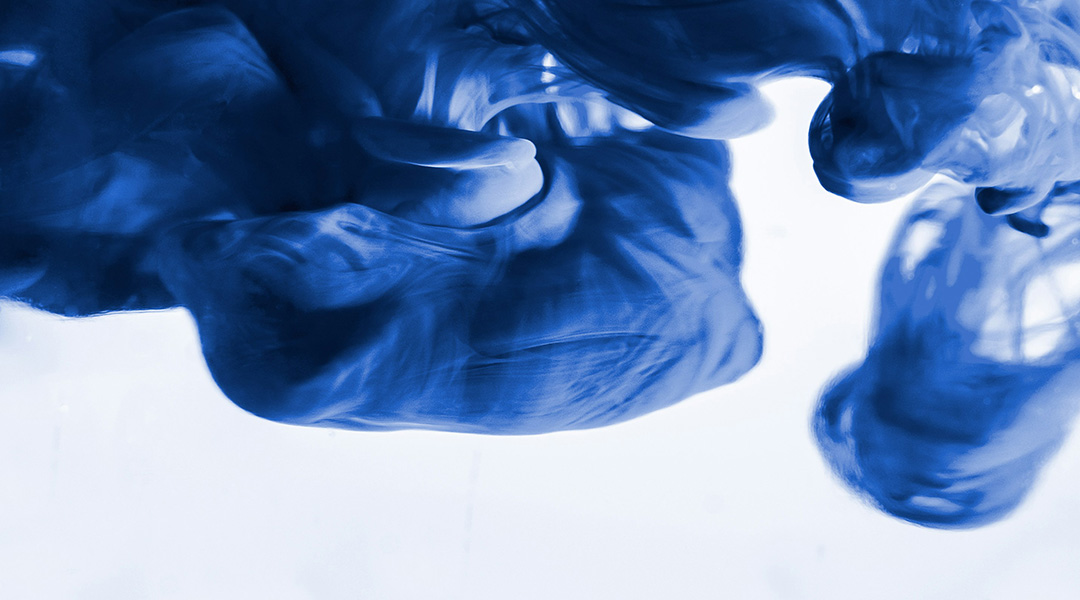
Cleaning up toxic dyes in wastewater with gold nanoparticles
Gold nanoparticle clusters boosted the efficiency of titanium dioxide in degrading a toxic dye called methyl orange.
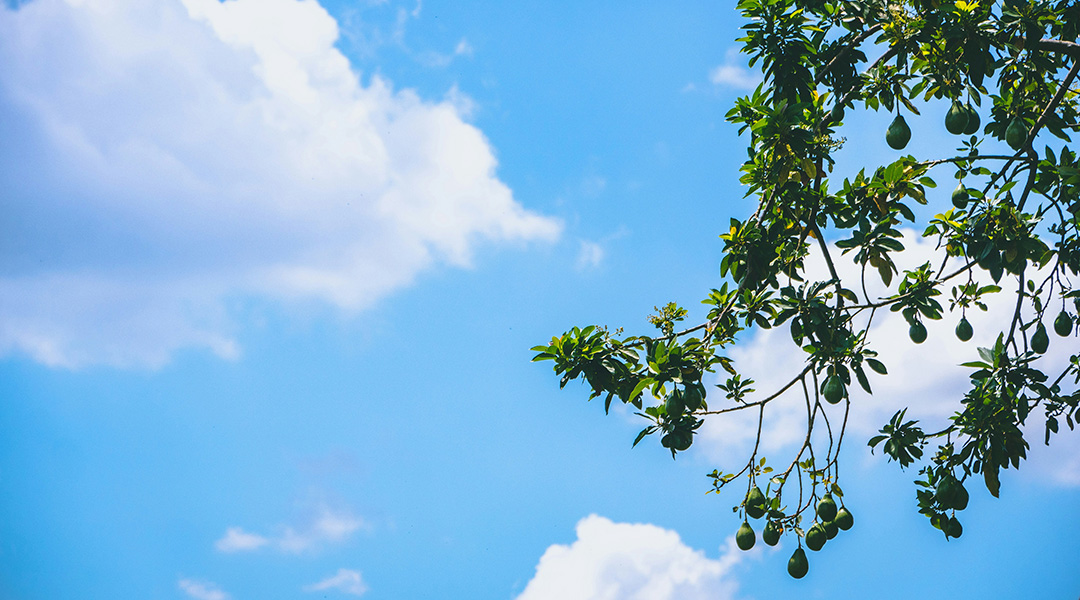
Avocado tree waste used to make sustainable food packaging
A material derived from avocado pruning waste and bio-polyethylene combines high strength with biodegradability.
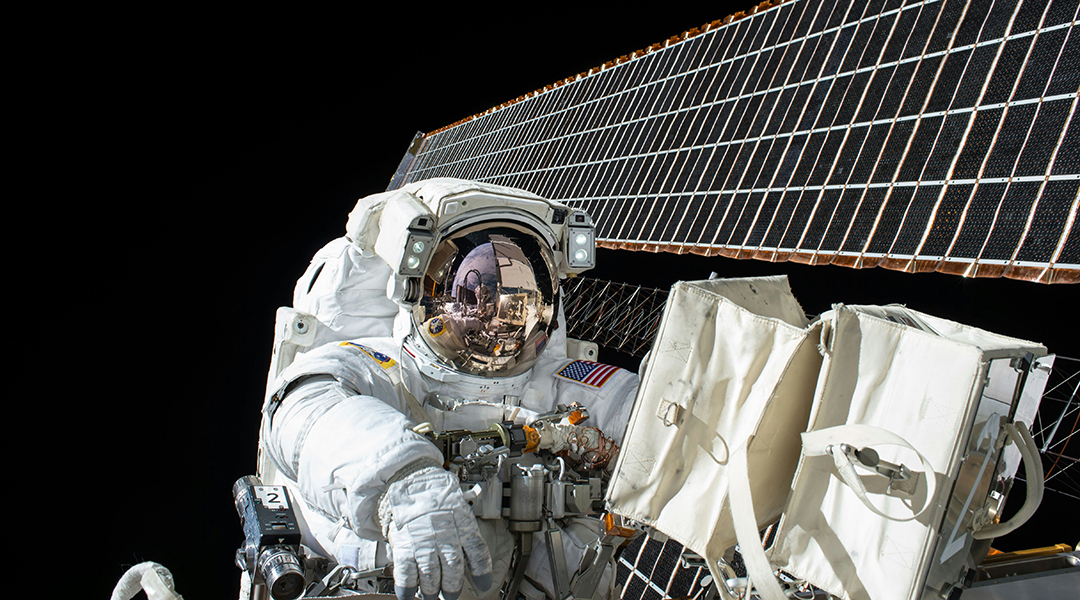
An organ-on-chip simulates the effects of cosmic radiation on astronauts
Future astronauts may be protected from galactic cosmic rays thanks to a novel organ-on-chip system containing interconnected human tissue.
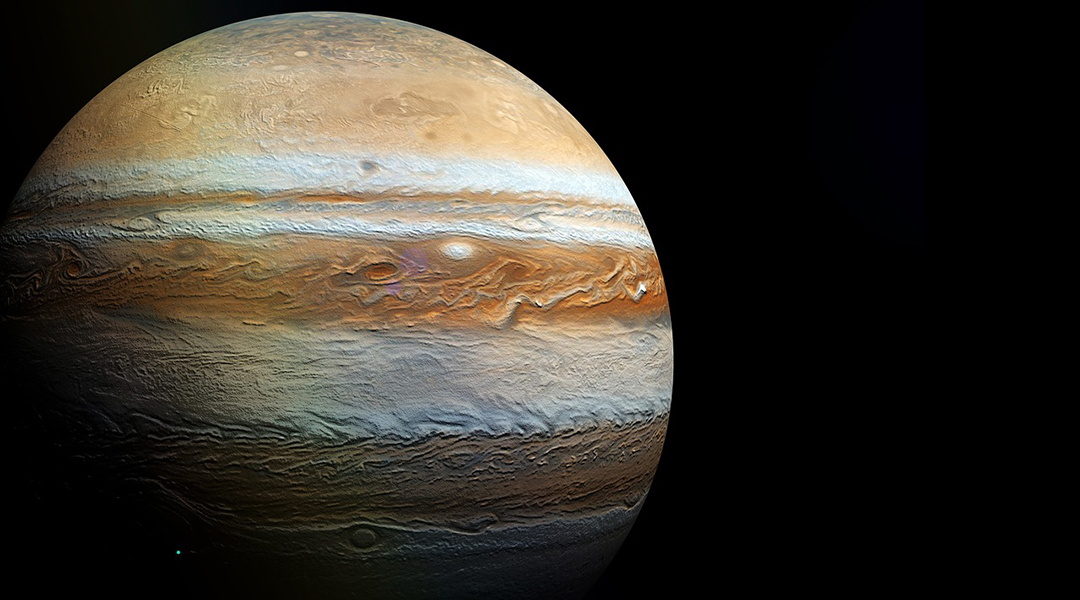
Dark matter could be lurking in Jupiter’s atmosphere
Astronomers propose that an infrared glow observed in Jupiter’s atmosphere may be dark matter particles colliding.

Galactic winds from black holes found to influence the evolution of galaxies
Astronomers have discovered that black holes trigger the formation of galactic winds that greatly influence star formation.
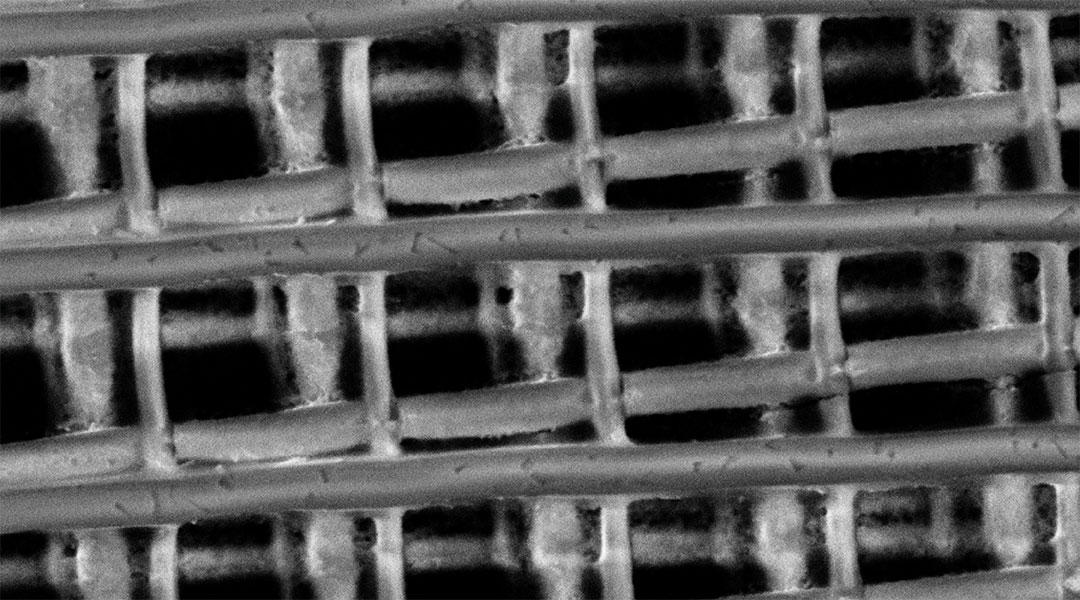
Scientists create the largest nonlinear photonic crystal to date
Their unprecedented control over light will lead to breakthroughs in telecommunications, medical imaging, and quantum computing.
No Results Found
The page you requested could not be found. Try refining your search, or use the navigation above to locate the post.
No Results Found
The page you requested could not be found. Try refining your search, or use the navigation above to locate the post.
No Results Found
The page you requested could not be found. Try refining your search, or use the navigation above to locate the post.
No Results Found
The page you requested could not be found. Try refining your search, or use the navigation above to locate the post.





